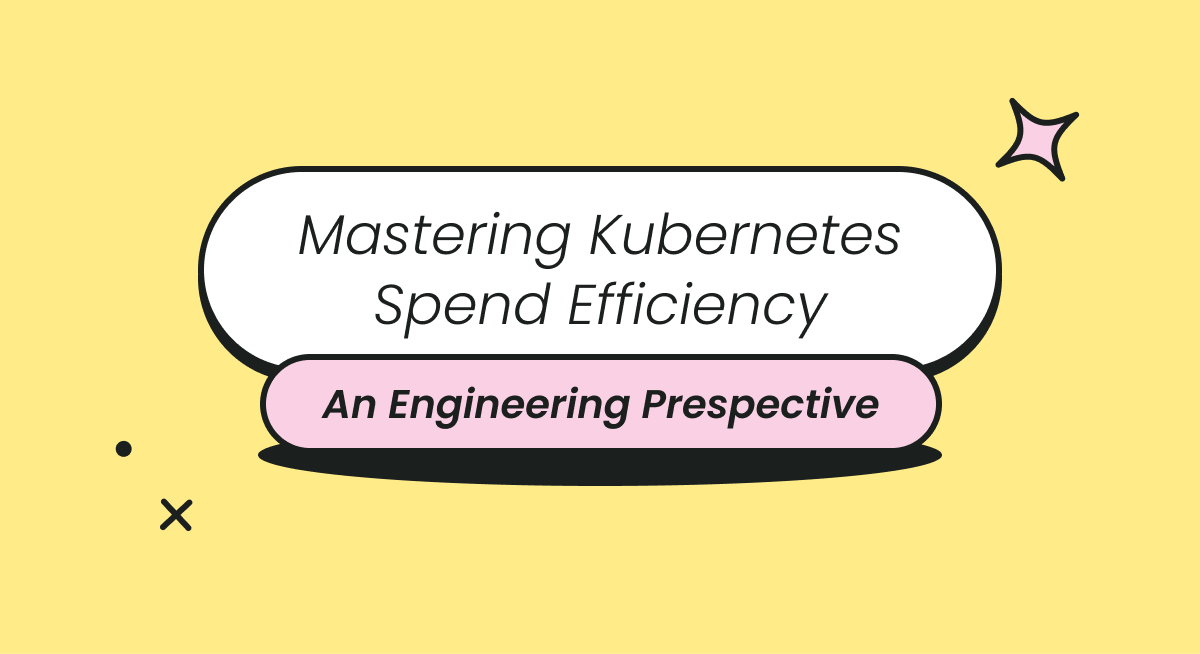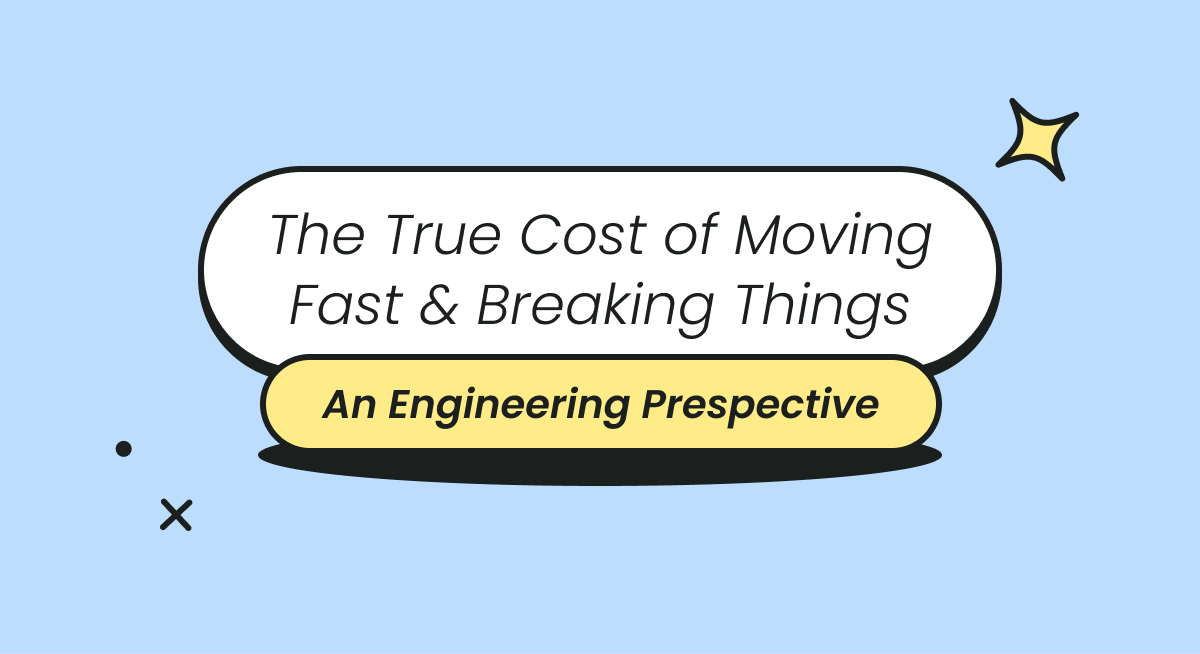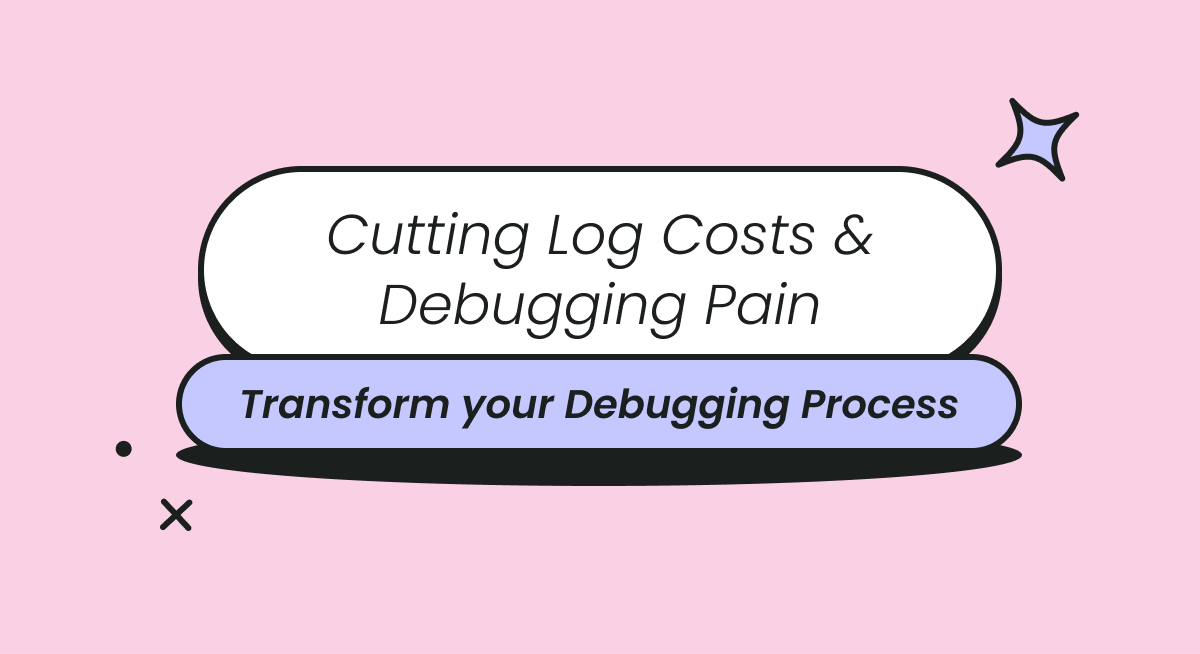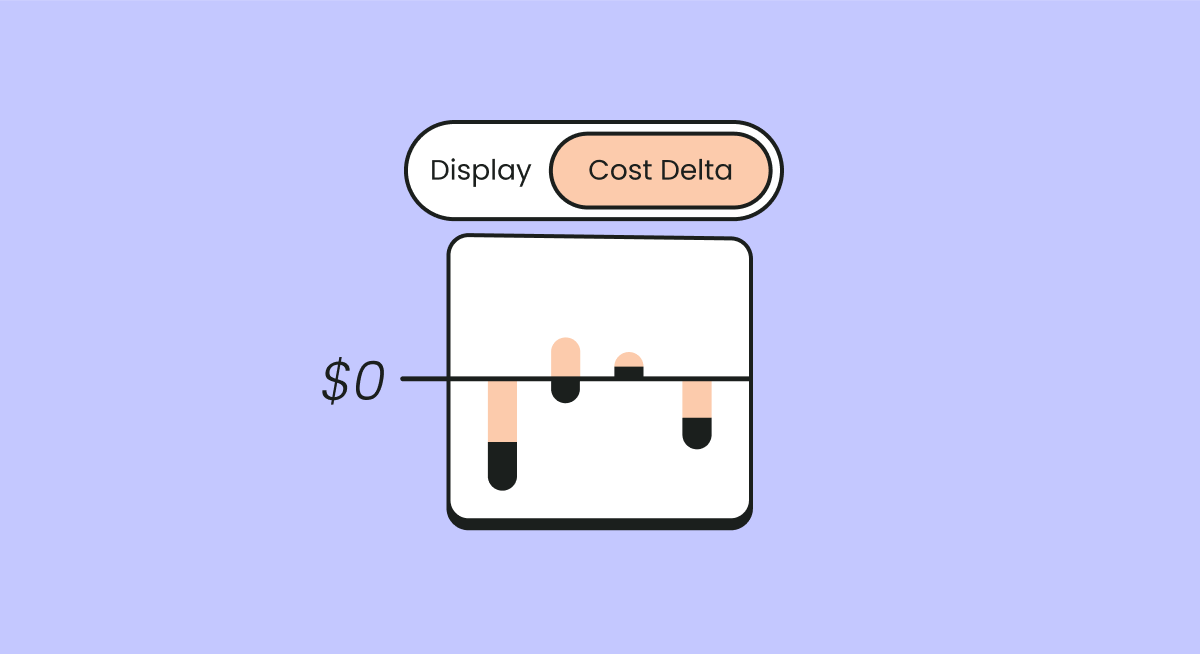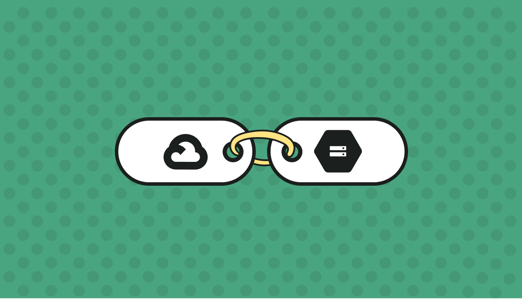
GCP offers a range of storage services, tailored to various needs and usage patterns. This guide aims to simplify the GCP storage pricing structure, helping businesses and individuals make informed decisions.
Google Cloud Storage- About
Before diving into the pricing, it's important to understand the role of Google Cloud Storage (GCS). GCS is a robust and scalable object storage service provided by Google Cloud. It's designed to store vast amounts of unstructured data, such as images, videos, and large datasets. GCS is renowned for its high durability, availability, and performance, regardless of the global location.
GCS is versatile, supporting a range of use cases:
- Data Backup and Archiving: Securely store important data for long-term retention.
- Content Serving: Efficiently deliver website content, like images and videos, directly from the cloud.
- Data Analytics: Store large datasets for analysis using Google’s powerful data analytics tools.
GCP Storage Costs
The costs associated with GCP storage can be categorized into several key areas:
- Storage Class Costs: GCP offers different storage classes like Standard, Nearline, Coldline, and Archive. Each class is priced based on the expected frequency of access, with Standard being the most expensive and Archive being the most economical.
- Data Access and Retrieval Costs: These costs vary depending on the storage class. While Standard has lower access costs, Nearline, Coldline, and Archive have higher costs for data retrieval.
- Network Usage: Transferring data within GCP is generally free, but egress (data transferred out of GCP) can incur costs depending on the volume and destination.
- Persistent Disk and Filestore Costs: Besides GCS, GCP offers Persistent Disks and Filestore, each with its own pricing model based on capacity and performance requirements.
Understanding GCP Storage Pricing
GCP's storage pricing operates on a pay-as-you-go model, eliminating the need for upfront payments and allowing for greater flexibility. This usage-based billing system is intricate and comprises several elements:
- Billing is calculated monthly, based on the amount of data stored, the class of storage used, and any network or operation costs incurred.
- GCP offers a detailed breakdown of costs, allowing users to see exactly where their money is going.
The pricing is primarily composed of several key components, each encompassing specific charges and aspects:
- Storage Costs- This is the fundamental aspect of GCP Cloud Storage pricing, where charges are based on the actual space occupied by data in the cloud. These costs vary according to the volume of data (in gigabytes or terabytes) and the chosen storage class—Standard, Nearline, Coldline, and Archive. The Standard class, ideal for data that requires frequent access, generally incurs higher costs, whereas the Archive class is the most cost-effective option for rarely accessed data.
- Network Usage Costs- These are associated with data movement, with a focus on ingress (data entering GCP) and egress (data exiting GCP). Ingress is typically free, but egress charges apply and vary based on the data volume and destination. Data transfers within the same GCP region usually do not attract additional fees, unlike cross-region or internet-bound transfers.
- Operation Costs- Related to various actions and operations on stored data, such as object creation, listing, and retrieval, along with other API operations. The cost of these operations is influenced by the storage class chosen, with Standard class operations being more cost-effective compared to Nearline, Coldline, and Archive classes, reflecting the expected frequency of data access.
- Retrieval Costs- These are specific to the Nearline, Coldline, and Archive storage classes, which are intended for less frequently accessed data. Retrieval costs apply when you access or retrieve stored data and are additional to operation costs. Notably, Coldline and Archive classes have higher retrieval costs, consistent with their design for infrequently accessed data.
Strategies for Cost-Effective GCP Storage
To optimize GCP storage costs, consider the following:
- Select the right storage class: GCP offers various storage classes like Standard, Nearline, Coldline, and Archive, each designed for different use cases. Choosing the right class based on your data access needs can significantly reduce costs. For instance, using Nearline for data accessed less than once a month or Archive for long-term storage can be more cost-effective than using Standard storage for all data.
- Implement data lifecycle management: GCP provides data lifecycle management tools that allow you to automate the transition of your data to more cost-effective storage classes as it ages. For example, you can set up policies to automatically move data from Standard to Nearline or Coldline after a certain period of inactivity, reducing storage costs without manual intervention.
- Monitor storage usage regularly: Regularly monitoring your storage usage can help identify inefficiencies and opportunities for cost savings. GCP's Cloud Monitoring and Logging services can provide detailed insights into your storage patterns, allowing you to make informed decisions about optimizing storage usage.
- Delete unnecessary data: Regularly reviewing and purging redundant or obsolete data can lead to direct cost reductions. Maintaining streamlined data storage not only helps in managing the storage volume but also ensures you're not paying for storage space that isn't adding value to your operations.

Finout’s Cloud Cost Management Solution for GCP
Finout offers a comprehensive FinOps solution for managing GCP costs. It features a unified dashboard, the MegaBill, which consolidates GCP spend alongside other cloud expenses, providing detailed tracking and management of costs. Finout's platform includes virtual tagging for cost allocation, anomaly detection, dashboards, budgeting and forecasting for cost governance, and a suite of optimization tools to detect cloud waste. These functionalities collectively offer a more efficient and accurate approach to managing GCP costs.

Conclusion
GCP storage pricing is designed to cater to various requirements, from frequently accessed data to long-term archiving. Understanding the functionality of Google Cloud Storage, alongside the different pricing models and cost management strategies, empowers users to make the most of their cloud storage solutions.
Using a cloud cost management platform like Finout can be instrumental in managing, reducing, and optimizing your cloud expenditures, including those associated with GCP storage.
